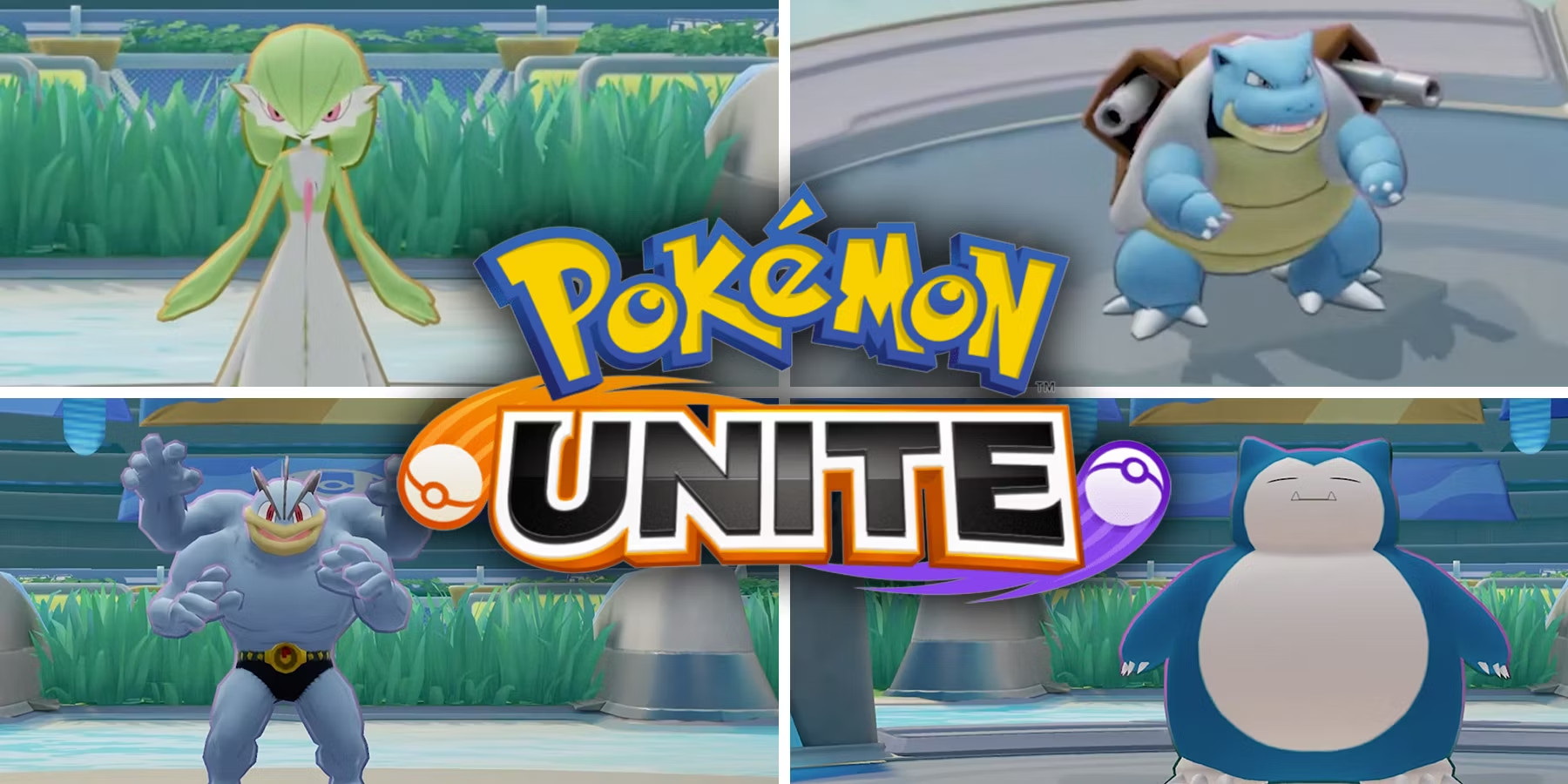In the ever-evolving world of pokemon unite tier list, choosing the right Pokémon can mean the difference between victory and defeat. With a variety of roles, abilities, and strategies, building a balanced team is crucial. To help players make informed decisions, we present a comprehensive Pokémon Unite Tier List. This guide will break down the strengths and weaknesses of each Pokémon, highlighting the top contenders for dominating the arena. Whether you’re a seasoned veteran or new to the game, understanding this tier list will elevate your gameplay and lead your team to success.
Understanding the Tier System
The Pokémon Unite Tier List categorizes Pokémon based on their effectiveness in battle. These tiers range from S-Tier, representing the most powerful Pokémon, to C-Tier, which includes those that may require more skill or strategy to use effectively. This system helps players quickly identify which Pokémon are currently excelling in the meta. Each Pokémon is evaluated based on their role, overall performance, and synergy with other team members. By understanding where each Pokémon stands, players can craft well-rounded teams that maximize their chances of winning.
S-Tier: The Arena Dominators
In the S-Tier, you’ll find Pokémon that consistently outperform others in almost every situation. These Pokémon are the backbone of many successful teams, providing unmatched utility, damage, and survivability. One of the top picks in this tier is Zeraora, a Speedster known for its incredible mobility and burst damage. Zeraora’s ability to quickly engage and disengage makes it a formidable opponent in any match. Another S-Tier contender is Snorlax, a Defender with exceptional crowd control and durability. Snorlax’s Heavy Slam and Block abilities can turn the tide of battle, making it a must-pick for any team.
A-Tier: Strong and Reliable Choices
A-Tier Pokémon are strong contenders that perform well in various situations but may lack the versatility of S-Tier picks. These Pokémon can dominate the battlefield when used correctly, but they require a bit more strategy to shine. Cinderace, a Ranged Attacker, is a prime example of an A-Tier Pokémon. With high attack power and excellent mobility, Cinderace can deal significant damage from a safe distance. However, its fragility requires careful positioning to avoid being caught out. Another A-Tier Pokémon is Lucario, an All-Rounder with a balanced mix of offense and defense. Lucario’s versatility makes it a strong pick, capable of adapting to different team compositions.
B-Tier: Situational Powerhouses
B-Tier Pokémon are situational powerhouses that can excel in specific roles or strategies. While they may not be as universally effective as higher-tier Pokémon, they can still play crucial roles in certain team compositions. Alolan Ninetales, a Ranged Attacker, falls into this category. Its ability to freeze opponents and control the battlefield makes it valuable in teams focused on crowd control. However, its lower damage output compared to other Attackers keeps it in the B-Tier. Another B-Tier Pokémon is Crustle, a Defender with strong zoning and tanking capabilities. Crustle can be a game-changer when used in a defensive strategy, but it lacks the raw power to dominate on its own.
C-Tier: Challenging but Rewarding
C-Tier Pokémon are challenging to master but can be rewarding for players willing to invest the time and effort. These Pokémon often require specific team setups or strategies to be effective, making them less popular choices. Gardevoir, a Ranged Attacker, is a C-Tier pick due to its high skill ceiling. Gardevoir’s abilities can deal massive damage, but they require precise timing and positioning to land. This makes Gardevoir a risky choice for many players. Similarly, Machamp, an All-Rounder, is in the C-Tier due to its reliance on close-range combat. While Machamp can be devastating in the right hands, it struggles against ranged opponents who can kite it effectively.
Balancing Your Team
Creating a balanced team is key to success in Pokémon Unite. When building your team, consider the roles of each Pokémon and how they complement one another. A well-rounded team typically includes at least one Attacker, Defender, Supporter, and Speedster. This composition ensures that your team can handle various challenges, from securing objectives to defending goals. For example, pairing a strong Defender like Snorlax with a high-damage Attacker like Cinderace can create a powerful frontline that pressures opponents. Additionally, including a Speedster like Zeraora allows your team to quickly capitalize on opportunities, securing key objectives and scoring points.
Adapting to the Meta
The meta in Pokémon Unite is constantly evolving as new Pokémon are introduced and balance changes are implemented. Staying informed about these changes is crucial for maintaining a competitive edge. Regularly updating your tier list knowledge helps you adapt to the shifting landscape and make strategic decisions during matches. For instance, a Pokémon that was once considered B-Tier may receive buffs that elevate it to A-Tier, making it a more viable choice. By staying adaptable and keeping up with the meta, you’ll be better equipped to adjust your team composition and strategies as needed.
Tips for Using Lower-Tier Pokémon
While higher-tier Pokémon often dominate the meta, lower-tier Pokémon can still be effective in the right hands. If you have a favorite Pokémon that falls into the B or C-Tier, don’t be discouraged. Instead, focus on mastering that Pokémon’s unique strengths and finding ways to complement your team’s overall strategy. For example, if you enjoy playing Machamp, work on positioning and timing to maximize its close-range damage. Additionally, consider pairing Machamp with a Supporter who can keep it healthy during engagements. By understanding your chosen Pokémon’s limitations and strengths, you can turn a lower-tier pick into a valuable asset for your team.
Conclusion
In Pokémon Unite, the right Pokémon can make all the difference between victory and defeat. This comprehensive tier list provides insights into the strengths and weaknesses of various Pokémon, helping you make informed choices when building your team. While S-Tier Pokémon like Zeraora and Snorlax are popular for a reason, don’t underestimate the potential of lower-tier picks. With practice and strategy, any Pokémon can become a formidable force in the arena. As the game continues to evolve, staying updated on the tier list and adapting to changes will ensure that your gameplay remains competitive and enjoyable. Whether you’re aiming for the top of the leaderboard or simply having fun, understanding the Pokémon Unite Tier List is the first step to mastering the arena.

